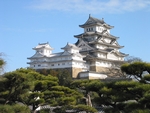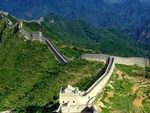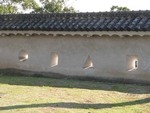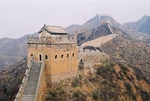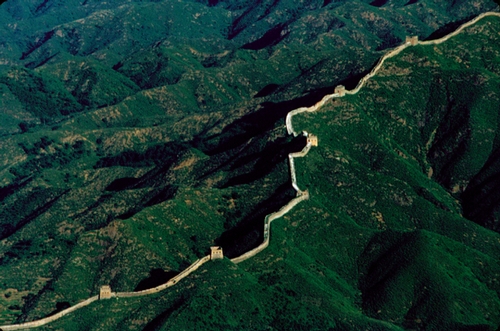In terms of size, the Great Wall of China and Himeji-Jo Castle in Japan appear to be two very different types of structures, yet they share a common purpose for their being brought into existence: to protect and defend an area. While the size of the area being defended differs greatly between the two fortifications, they both share similarities in the origin and evolution in their structural design and how they were strategically utilized to accomplish their task.
The Great Wall
With the east, west and south of China protected by natural barriers, invaders would come down from the north. The purpose of the Great Wall was to remedy this problem. It was created to protect northern China, to insure that semi-nomadic people on the outside of the wall could not cross with their horses or return easily with either stolen property or people (Great Wall of China).
Himeji-jo Castle
Military strategist in Japan classified castles by the topographical features of their location into three categories of “castle-on mountain,” “castle-on-plain,” and “castle-on-plain-and-mountain” (Orui, pg. 40-42). Himeji Castle is a “castle-on-plain-and-mountain” style of stronghold. This type of castle, historically speaking, was a new product of combining the “castles-on-plain”, where the structures on plain ground of feudal lordships were developed, with the “castles-on-mountain,” which were temporarily built in time of war upon strategic peaks. Thus, the location of Himeji made it a valuable asset to its holder (Hinago, pg. 121). So much that it became the strategic base for western Japan under Oda Nobunga.
